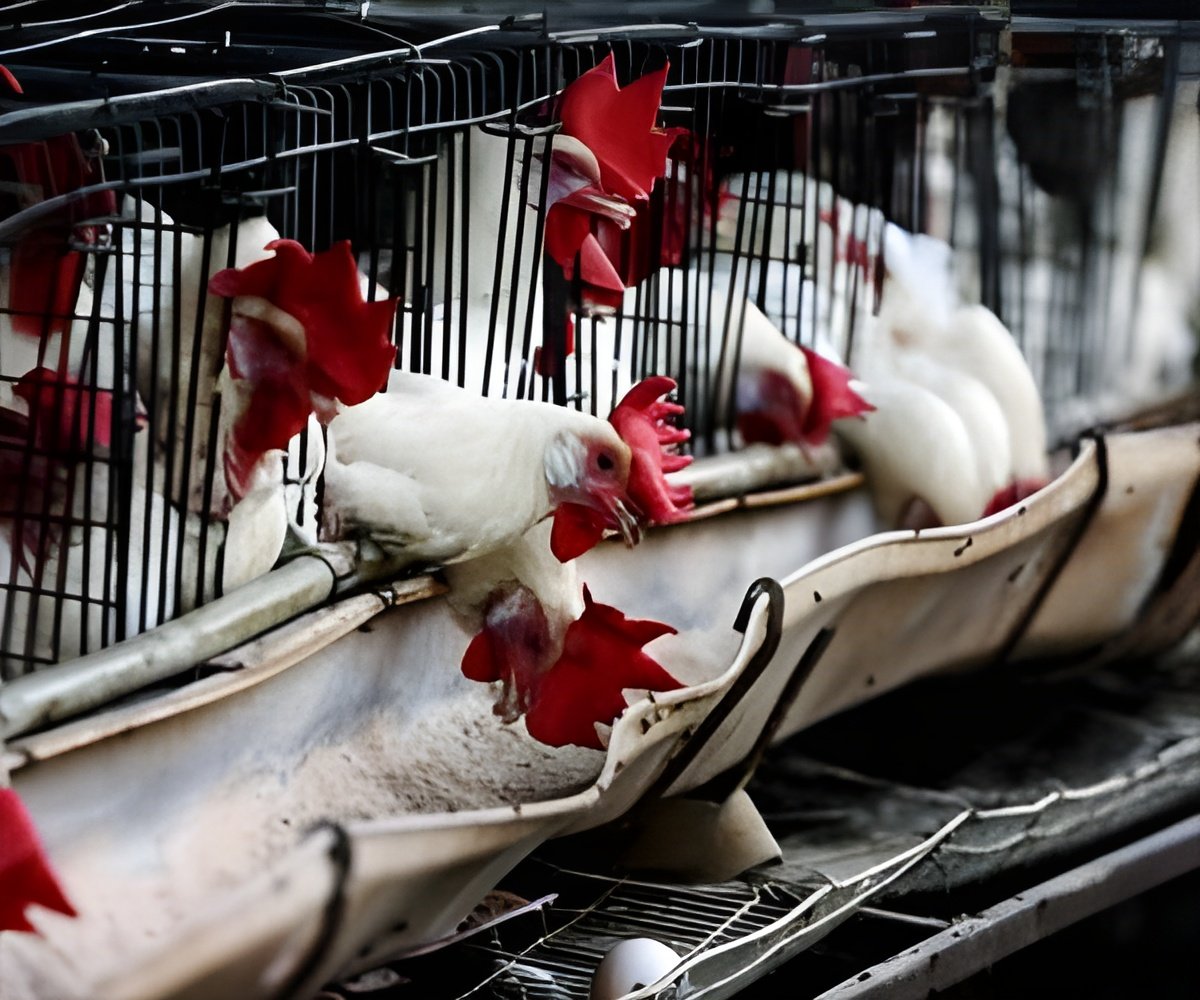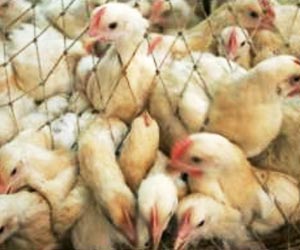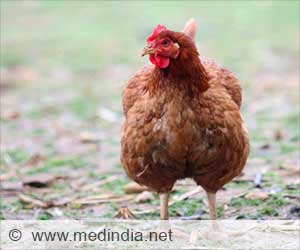The new diagnostic tool uses a small blood sample and relies on a simple chemical color change to know what viral strain of avian flu the chicken has.

"That is too long," said Suresh Neethirajan. "This test only needs two-to-three minutes to incubate, and then you get the results immediately. Not only that, but it is more cost-effective. Conventional techniques are time-consuming, labor-intensive, and require special facilities and expensive laboratory instruments," Neethirajan said. "Treatment, especially when dealing with humans who have been infected, needs to start as soon as possible," he said.
The new diagnostic tool uses a small blood sample and relies on a simple chemical color change to see not only whether a chicken has avian flu but also what viral strain is involved.
"It is critical to get out front of any outbreaks. There are many strains, and we need to know the source of the flu. The identification of the strain determines what treatment options we should use," Neethirajan emphasized.
The device uses gold nanoparticles (microscopic particles) and glowing quantum dots. The researchers developed a novel approach for rapid and sensitive detection of surface proteins of viruses from blood samples of turkeys.
The new nanobiosensor can detect the strains of H5N1 and H1N1, the researcher noted. The subtype H1N1 is human adapted while most H5 are avian oriented, Neethirajan added.
Advertisement
Source-IANS








